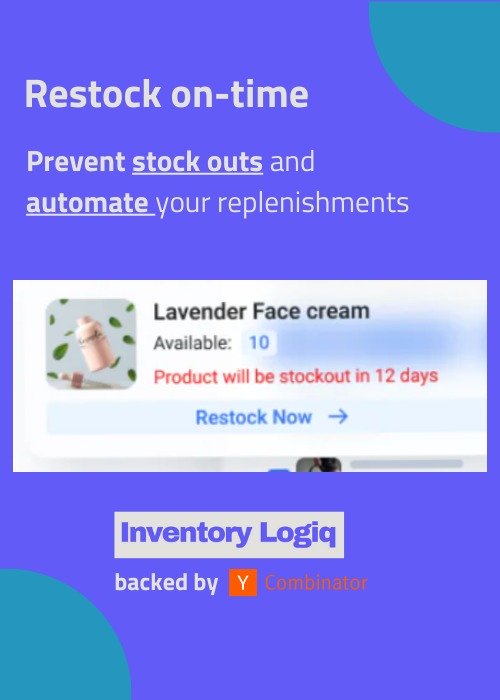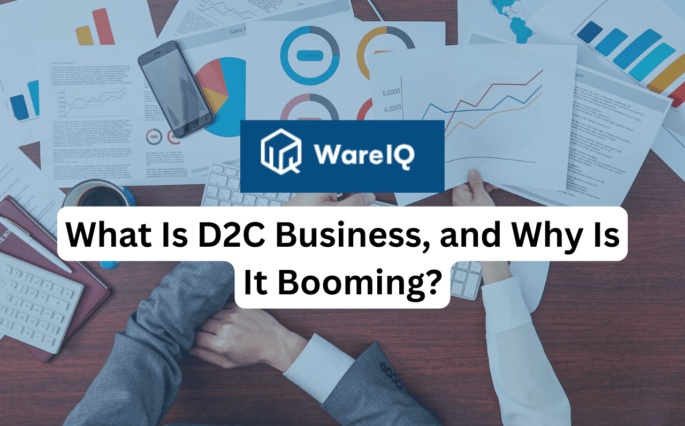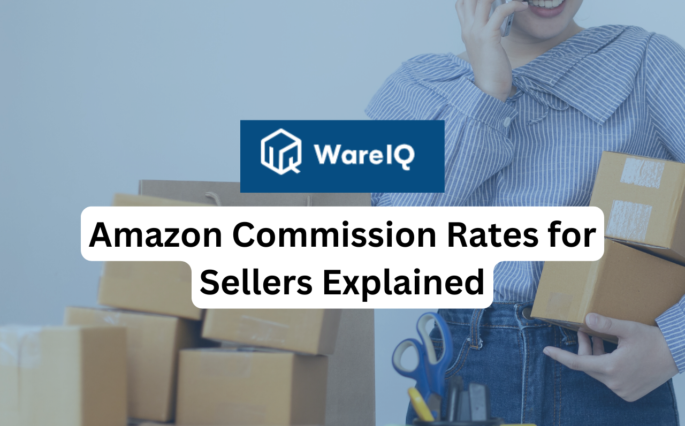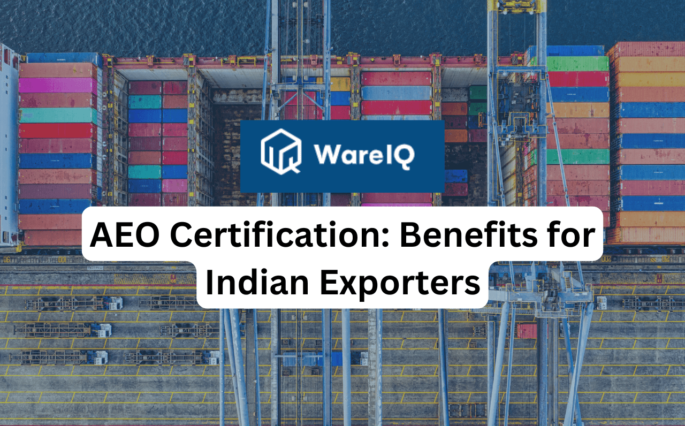Why Toy, Game, and Hobby Brands Struggle to Scale D2C in India and How Fulfillment Innovation Can Change That

Toys, games, and hobby products are enjoying a renaissance in India, but for emerging D2C brands in this space, scaling operations is anything but fun and games. Despite robust product-market fit, brands face a host of logistical and operational hurdles that make growth beyond 250 to 500 monthly orders daunting. In this guide, we discuss Why Toy Game and Hobby Brands Struggle to Scale D2C in India, and how fulfillment strategies can improve this.
The unique nature of these products — bulky packaging, mid-weight shipments (~700 to 750 grams), and the need for tier-2 warehousing due to manufacturing or distribution constraints — makes fulfillment particularly challenging. And these challenges multiply when brands operate across D2C storefronts and marketplaces like Amazon, while relying on platforms like Shopify.
Top Fulfillment Pain Points Explaining Why Toy Game, and Hobby Brands Struggle to Scale D2C in India
Here are the top fulfillment pain points that are slowing down India-focused toy, game, and hobby brands:
1. Poor Support from Logistics Partners
Several brands report poor experiences with aggregators and 3PLs that fail to provide reliable support or consistent service levels. Lack of prompt responses or issue resolution erodes trust and stalls scale.
2. Inflexibility for Customization Needs
MRP stickers, thank-you notes, kit creation — these aren’t luxuries but compliance or branding essentials for consumer leisure products. Most providers treat them as afterthoughts, if offered at all.
3. Hidden Costs and Surprise Charges
When fulfillment costs aren’t fully transparent, brands struggle to plan for margin protection. Unexpected charges for packaging, weight discrepancies, or return handling hurt unit economics.
4. Packaging Damage and Return Complexity
These products often get returned due to damaged boxes — even if the item inside is untouched. Without video QC or image-based return documentation, brands lose out on SPF claims and customer satisfaction.
5. Fragmented Tech and Inventory Management
For D2C brands operating on Shopify but also selling through Amazon or other channels, a unified inventory and order management system is crucial. Disconnected tools lead to stockouts, overselling, and poor customer experiences.
Also check –
- D2C Expansion for Global Consumer Electronics Brands in India
- How Brands Can Build a Resilient Fulfillment Strategy for D2C Growth
How Modern Fulfillment Can Change the Game
Platforms like WareIQ are solving these vertical-specific pain points with:
- Distributed Tier-1 Warehousing: Easily shift inventory closer to demand hotspots while maintaining access to metro and tier-2 locations.
- Shopify-First Integration: Two-way APIs ensure real-time tracking updates and order syncs.
- Returns Management With Visual QC: Handle packaging-sensitive returns better and recover more value.
- Customization as a Core Feature: Attach MRP stickers, add notes, and create kits without manual follow-ups.
- Transparent Cost Structures: No hidden fees, just clear pricing models across fulfillment, storage, and shipping.
For toy, game, and hobby brands trying to scale from a few hundred to thousands of orders a month, operational agility and fulfillment flexibility are essential. The right logistics partner doesn’t just move boxes. They enable brand growth, customer delight, and operational peace of mind.
If you’re in the business of fun, your backend shouldn’t feel like a gamble.
Also explore – WareIQ’s Fulfillment Services for Fastest Delivery
FAQs
Emerging toy and game brands often struggle with bulky packaging, inconsistent logistics support, hidden costs, and high return rates due to damaged packaging. These hurdles make scaling beyond 250–500 monthly orders difficult.
Many toy and hobby products are manufactured or distributed from tier-2 cities. Tier-2 warehousing helps reduce delivery times and costs while keeping inventory closer to demand centers.
Unexpected charges for packaging, return handling, or weight discrepancies can eat into margins and disrupt financial planning. Transparent pricing is key for sustainable growth.
Features like MRP labeling, thank-you notes, and bundled kits are essential for compliance and branding. Most 3PLs overlook these, but tailored fulfillment can enhance customer satisfaction.
Returns in this category are often due to box damage, not product defects. Visual quality checks help brands recover more value and defend against unjustified claims.
Using a unified system that integrates platforms like Shopify and Amazon helps avoid stockouts, overselling, and fulfillment delays — ensuring a smooth customer experience.
Supercharge your fulfilment with WareIQ now, contact our team.

Harsh Vaidya
Harsh Vaidya is the Founder & CEO of WareIQ - a Y-Combinator-backed full-stack fulfillment solution catering to the fulfillment & shipping needs of 400+ eCommerce brands across categories. He was previously the Chief of Staff at Pitney Bowes managing Corp Dev & Strategy for $2.4 B SMB BU. He has 10+ experience in Strategy Consulting & SMB tech.
Read all of Harsh Vaidya's Posts







